Origin of pieces
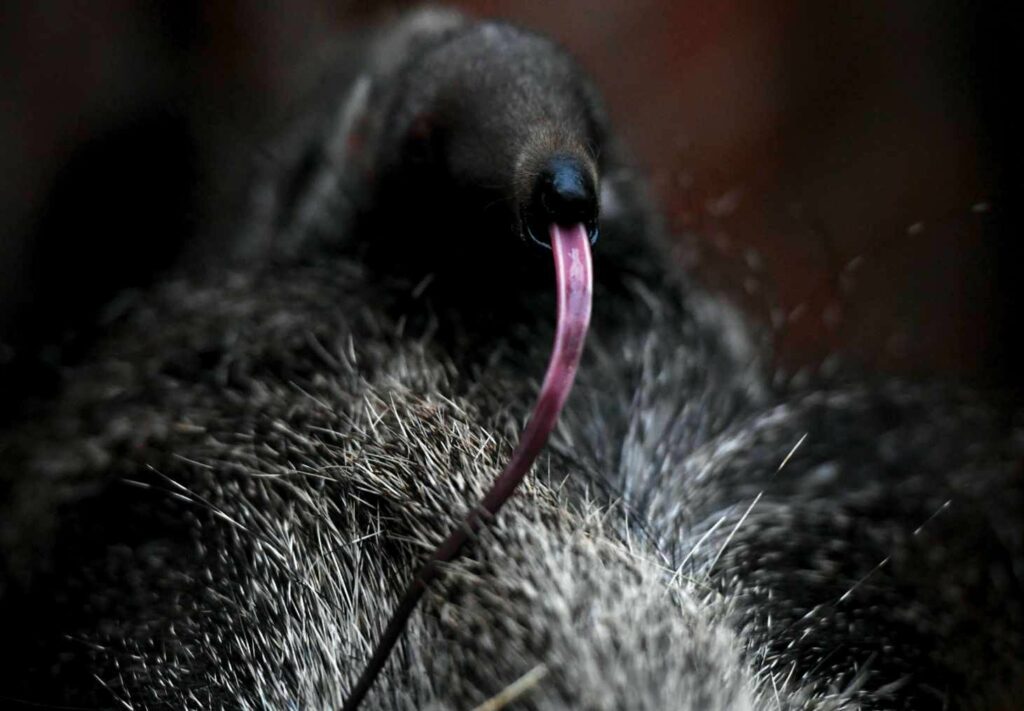
THE GIANT ANTEATER HAS A MONUMENTAL snout built to accommodate a 60cm-long tongue that traps its victims in a coating of treacle-like saliva. Attached directly to its breastbone, the tongue is unique among mammals in lacking structural connections in the throat. This gives it a huge freedom of movement, allowing it to project 45cm from the mouth to probe deep into the labyrinthine tunnels of its prey.
Opinion: Gillian Burke
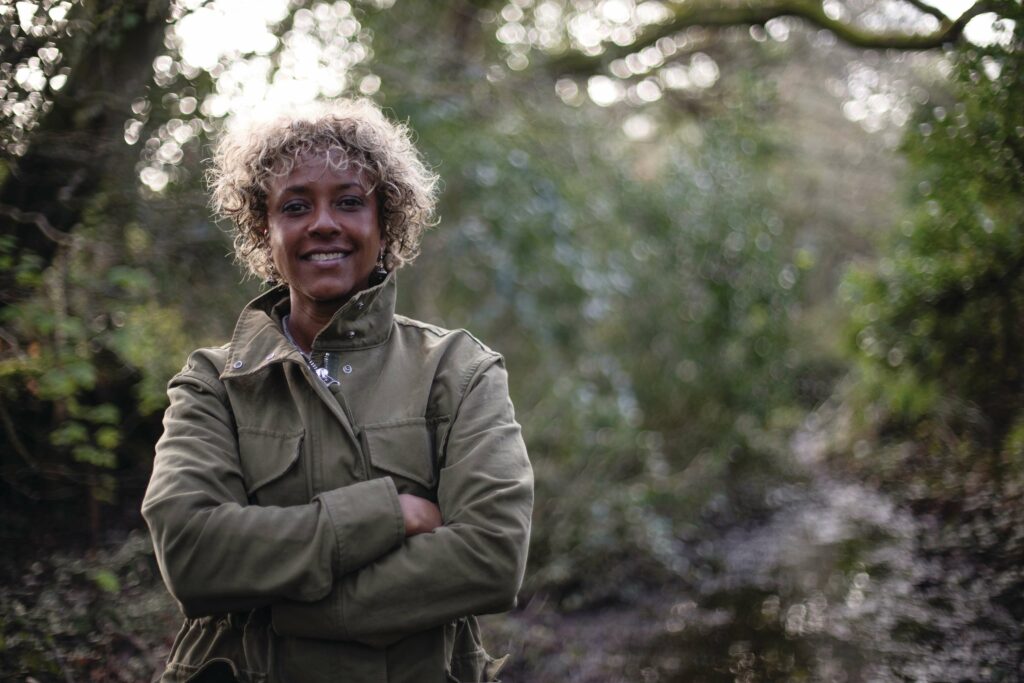
KOPJE – WHAT A STRANGE BUT well-travelled little word. Pronounced ‘kop-ee’ and meaning ‘little head’ the word is derived from Dutch and arrived in southern Africa along with the first colonists. Like islands in a savannah sea, kopjes are rounded free-standing granite boulders and rocky outcrops, often balanced on ridges or hill summits. I recall looking out over such a landscape, burnt red at sunset, and feeling like a mere brushstroke in a masterpiece.
Tip to tail
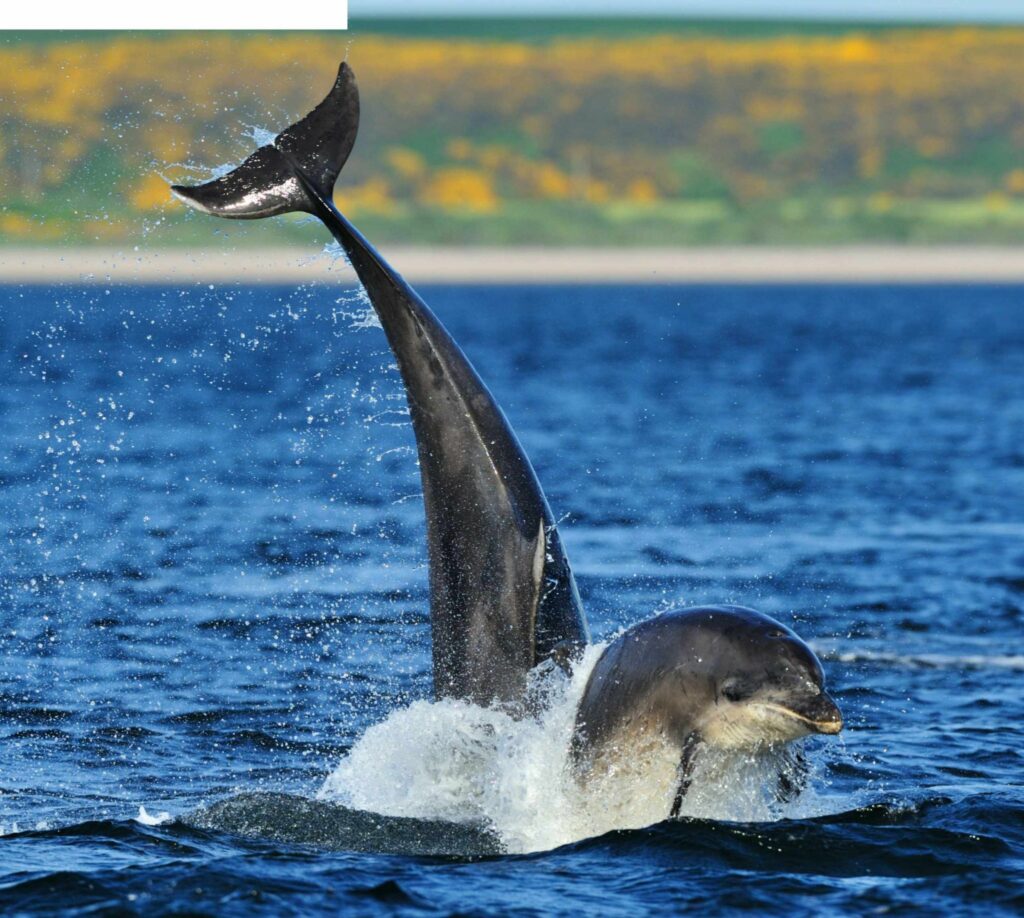
Britain’s bottlenose dolphins are more visible in late spring and summer, when seas are calmer. Some of the females will have a new calf swimming at their side. The best-known populations frequent the Moray Firth near Inverness, and Cardigan Bay on the Welsh coast, often close inshore, while others can be seen in the Hebrides islands, Yorkshire and Cornwall.
10 ice age animals
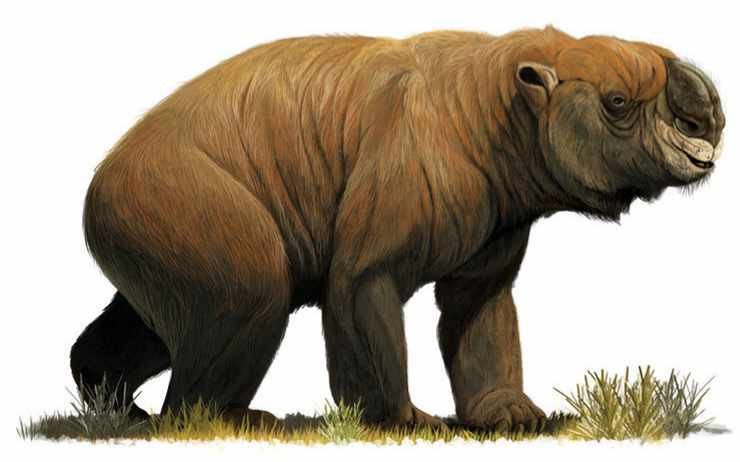
Diprotodon is the largest marsupial to have ever lived.
Meet the scientist: Tero Mustonen
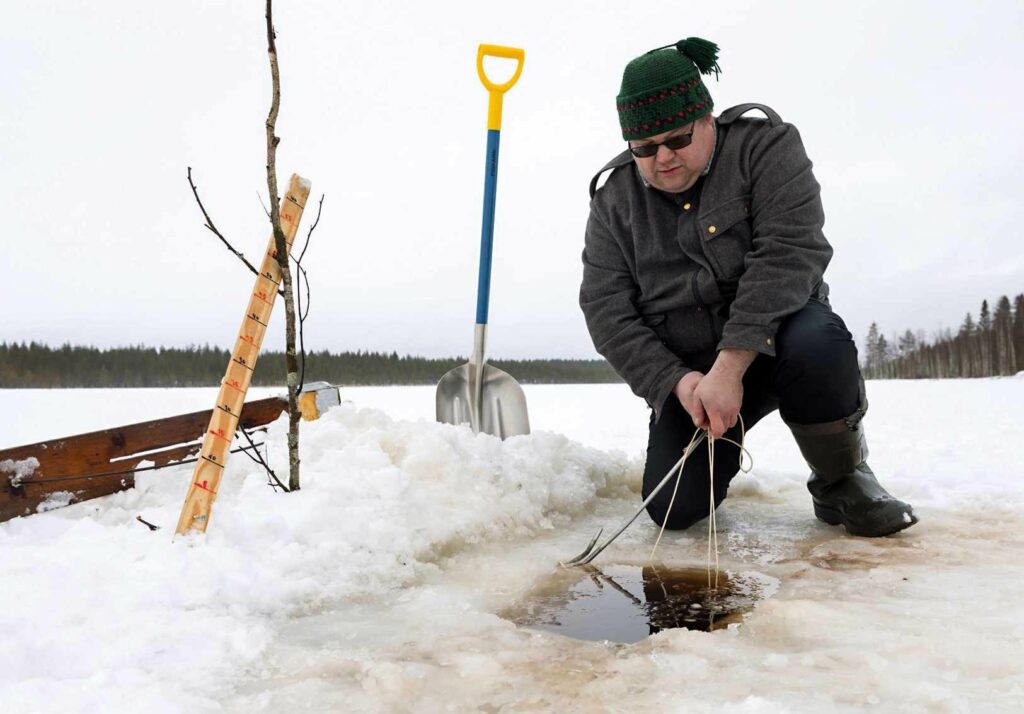
TERO MUSTONEN IS A FINNISH SCHOLAR, fisherman and leader who is deeply connected to nature. He grew up amidst Finland’s lakes and peatlands and has dedicated his life to bringing together western scientists, village elders and Sámi indigenous knowledge holders in the region to preserve traditional culture and environments.
Limbless wonder
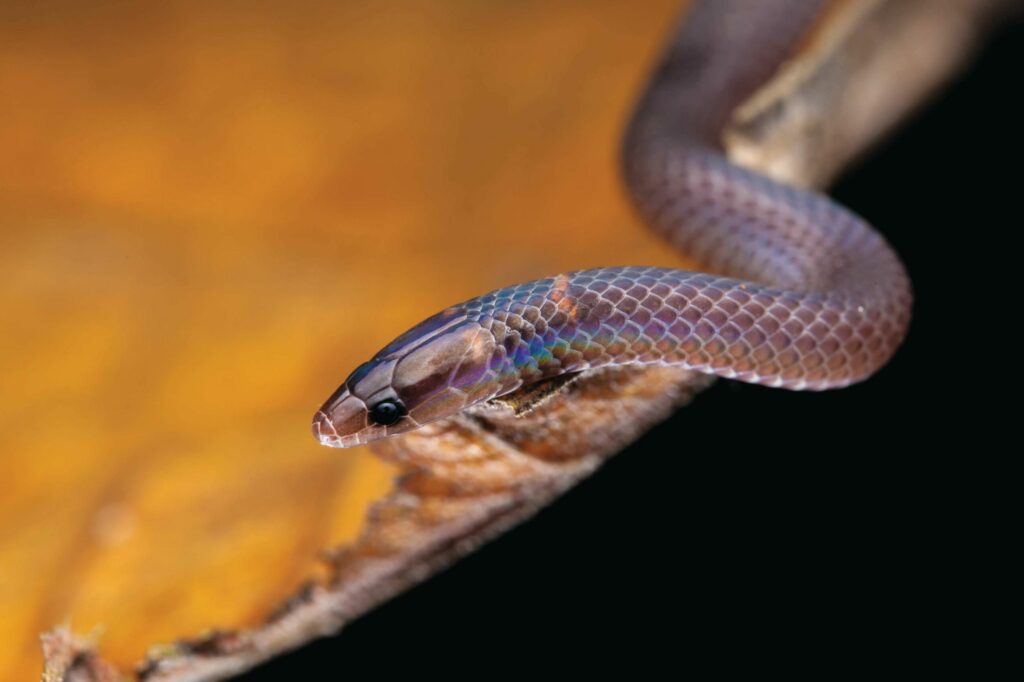
CONSIDERING THEIR LACK OF LIMBS, snakes have an impressive range of locomotory styles. Apart from the obvious slithering and sliding, they can climb, swim, burrow and some can even glide. And now we can add cartwheeling to the list.
New species discovery
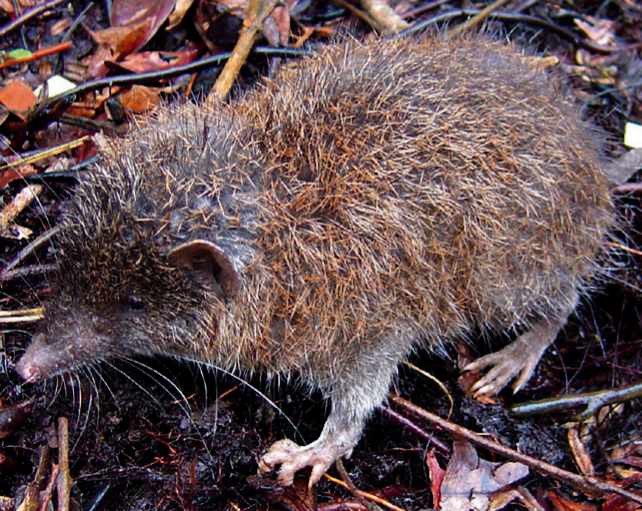
WHAT IS IT? With its golden-brown fur and pointed nose, P. intermedia looks a lot like a shrew but belongs to a group of mammals known as gymnures. This new species is part of the Podogymnura genus, which until recently had just two species in it. However, as well as describing P. intermedia, the new paper also elevated P. minima from a subspecies to a distinct species level, doubling the number of species in the genus.
AGGRESSOR SAFARIS
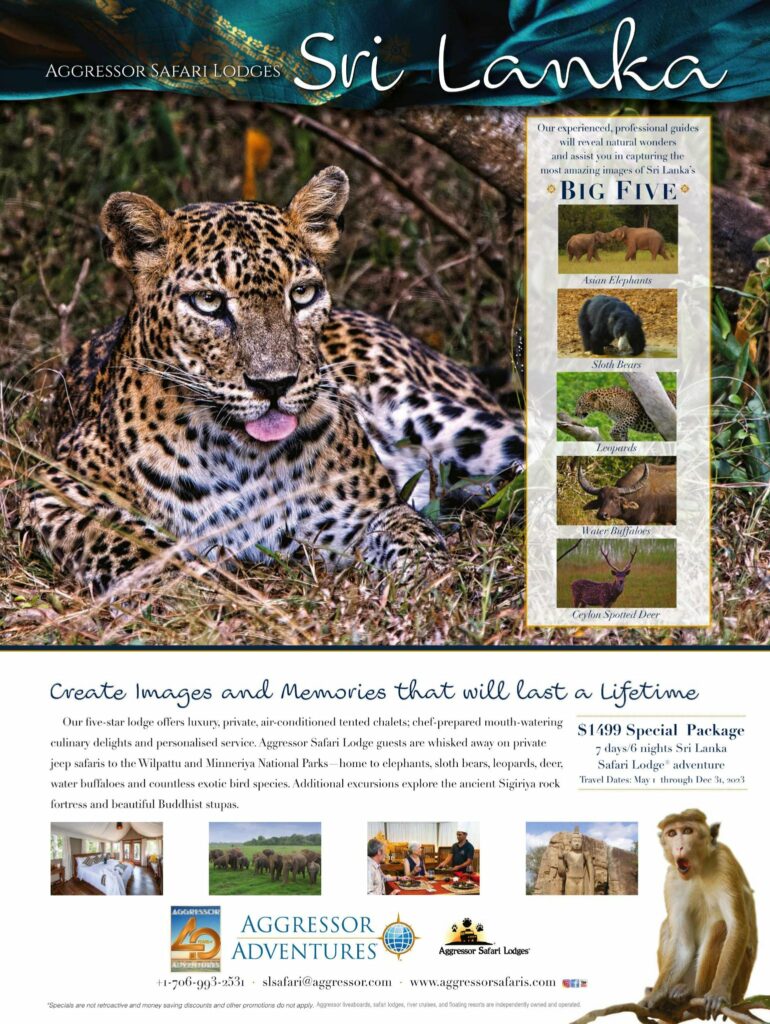
www.aggressorsafaris.com
Lost & Found
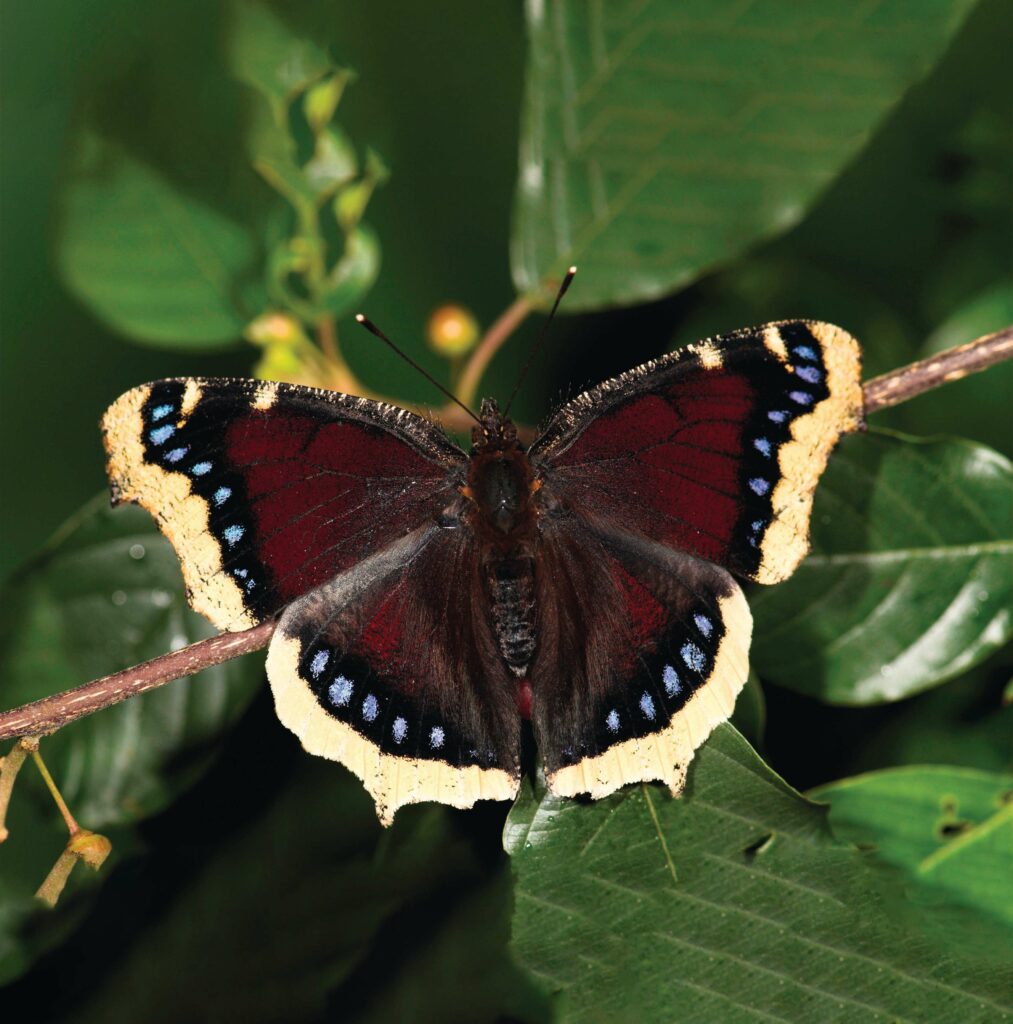
DURING LATE MARCH AND EARLY April one of the Northern Hemisphere’s most distinctive butterflies graced our shores with sightings of single butterflies reported at Wisley Common, Surrey and Little Stonham, Suffolk. The first individual was present intermittently for a week or so whereas the second was seen only by a handful of local wildlife enthusiasts. But where did they come from and how did they get here?
Gym bod
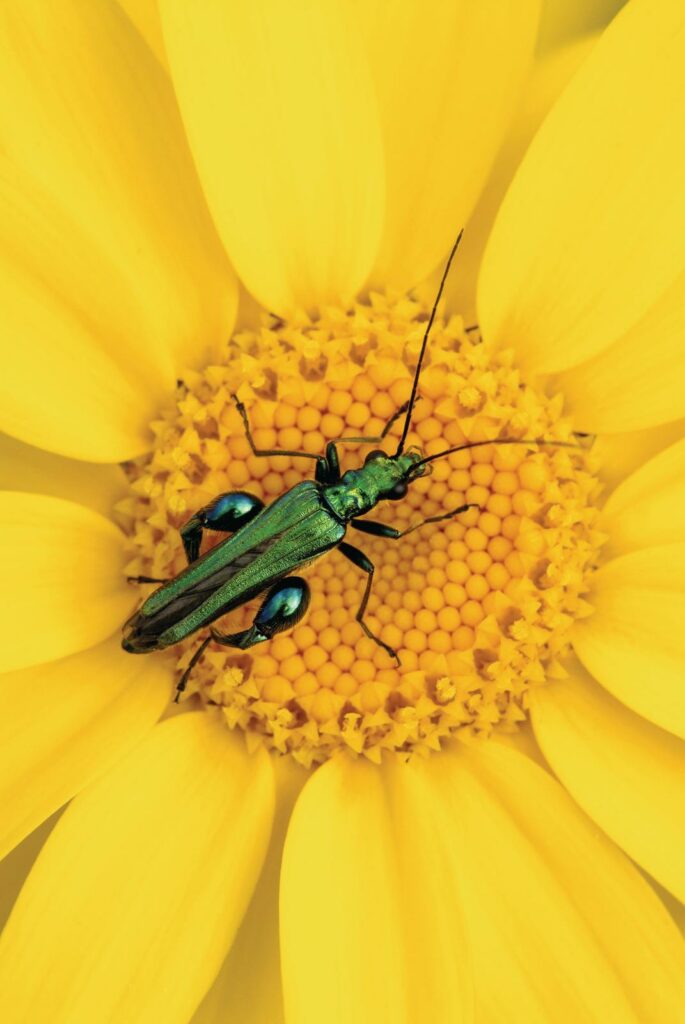
Come June, road verges, urban wildflower meadows and other flowery places untouched by chemicals will be heaving with pollinators.